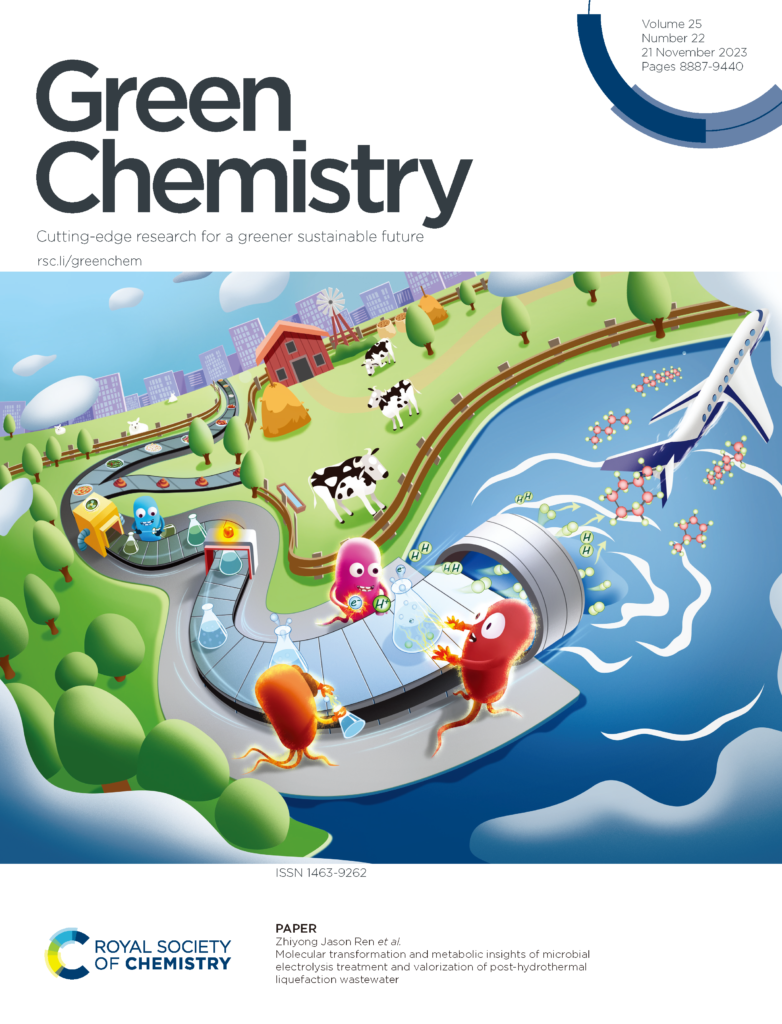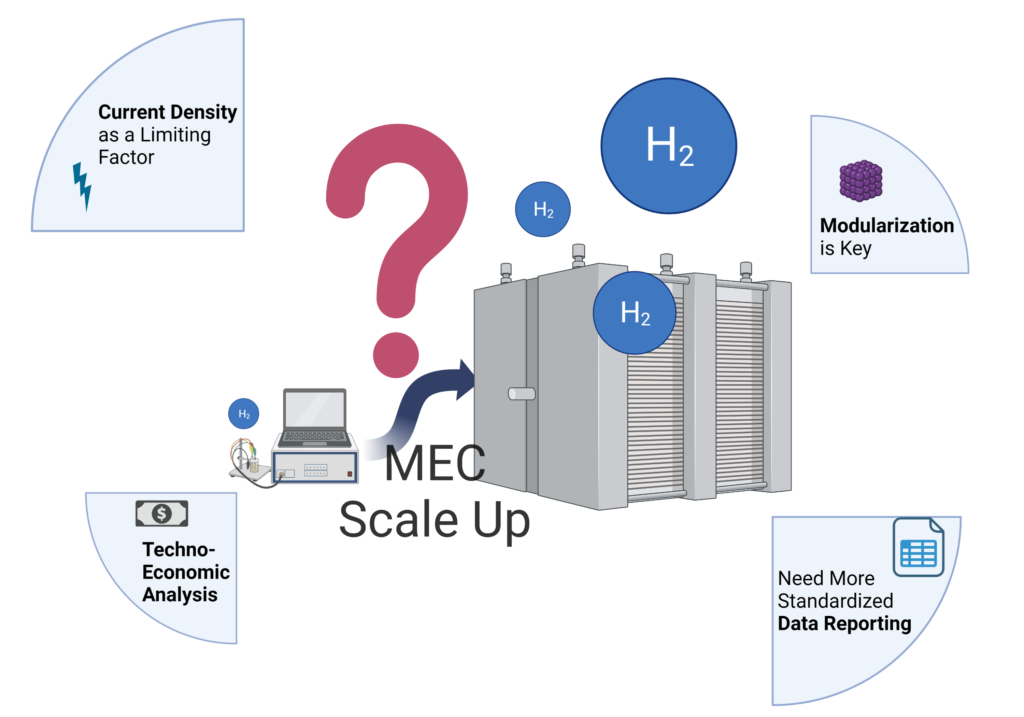My research interest lies at the intersection of water and energy. Primarily, I strive to answer the following questions through my research:
- How can (waste)water sector transition from traditionally energy-intensive processes to energy-neutral or energy-positive ones? How can decarbonization be realized along this route?
- How can we better assess and compare technical potential through a combination of mechanistic modeling, geospatial information, techno-economical analysis, and life-cycle assessment?
- How will the emerging technologies outside environmental field affect us environmental-engineers? More specifically, how will the artificial intelligience era affect our living environment, and how can we benefit from AI development?
For a complete list of publications, please see my Google Scholar. For research-related question, don’t hesitate to contact me!
Recent Publications
Featured as front cover and 2023 Green Chemistry HOT Article.
We environmental engineers love Chemical Oxygen Demand (COD), but COD often fails to tell the full story. Targeted analysis such as HPLC can provide more granular chemical information, but relies on a priori knowledge on the wastewater’s composition and often fails to reflect the complexity of real wastewater. What exactly happens in the MEC anode where the electrified bugs eat and thrive? Past literature has shed rather limited information on that. In this paper, we explored how 2D NMR can be used for an intuitive visualiozation of microbes’ “dining table”.


Microbial electrolysis cells (MECs) convert waste to energy, usually with H2 as the energy carrier. In this analytical review, we systematically summarized the scale-up approach so far and compared their performance. What we found interesting is that the metrics related to H2 evolution suffer heavily from scale-up, but not so much for COD removal. The relatively-low current density is still a major hurdle to its full-scale application, but we’ve seen promising improvements by utilizing high-strength wastewater with high conductivity, usually with halotolerant bioanodes. We conducted a TEA that looks into the profitability of MEC for H2 production under different market scenarios, and identified the sweet spot for MEC-H2. Also, we have compiled two tables to encourage a more standardized data reporting, one for technical comparison, and one for TEA (hopefully it makes future researchers’ literature review experience a bit more pleasant 😉)